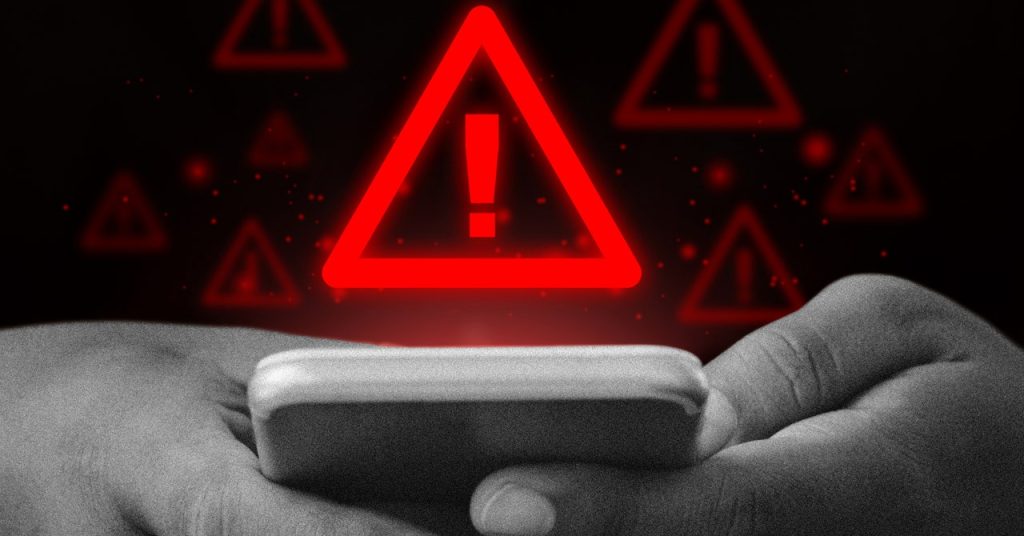### TikTok Lite: A Double-Edged Sword for Global South Users
#### Introduction
In May, TikTok announced changes that have sparked concerns about the disparity in information quality between users in wealthier and poorer markets. This has raised questions about the platform’s commitment to user safety.
#### Safety Concerns and Company Response
Madung, a critic of the changes, questions why TikTok would cut features that enhance user safety. He states, “We don’t know if this is a choice or if it’s just negligence.”
“There are several factual inaccuracies in this report which fundamentally misrepresent our approach to safety,”
a TikTok spokesperson said. The company insists that content violating their rules is removed from TikTok Lite just as it is from the main app, but declined to specify the inaccuracies.
#### The Rise of Lite Apps
Lite versions of apps have been a strategy for companies to penetrate markets with high data costs or less advanced phones. In 2015, Meta (then Facebook) introduced a zero-rated service, allowing users in the Global South to access the platform without data charges. This initiative faced criticism for creating a second-tier experience for poorer users.
#### TikTok Lite’s Expansion
TikTok [launched](https://techcrunch.com/2019/01/04/tiktoks-quietly-launched-lite-app-has-reached-over-12-million-downloads-since-august/?guccounter=1) its Lite version in 2018 in Thailand, quickly expanding to other Southeast Asian markets like Indonesia, Malaysia, and the Philippines. The app, which can run on 2G and 3G networks, now boasts over [1 billion downloads](https://play.google.com/store/apps/details?id=com.zhiliaoapp.musically.go&hl=en_US) on the Google Play Store. TikTok Lite is available only for Android phones.
#### Data as Currency
“The majority of users in the Global South are low-income and resource-constrained,” says Payal Arora, professor of inclusive AI cultures at Utrecht University. Lite versions help companies onboard these users, which is crucial in today’s AI-driven market where data is currency.
#### Differences in App Versions
Researchers found significant differences between TikTok and TikTok Lite. For instance, while Lite users are directed to a resource center when searching for Covid-19 terms, actual content about the virus is not labeled with a link to that center, unlike in the full version. Captions are also truncated in the Lite version, providing less context. Additionally, TikTok Lite lacks features like time limits and a “restricted mode” to filter inappropriate content, as outlined in [TikTok’s policies](https://www.tiktok.com/safety/en/content-controls/).
#### Repeating Past Mistakes
By removing these features, TikTok seems to be repeating the mistakes of previous Lite apps. Facebook Lite also stripped away elements that could help users discern the authenticity of content.
“In the case of Facebook’s Lite version, it made it harder for people to tell what was real and what wasn’t, because it often removed images as they were heavier, or made it impossible to click on links,”
says Ellery Roberts Biddle, a former fellow at Harvard’s Berkman Klein Center for Internet and Society.
#### Broader Implications
Madung warns that the lack of labels and moderation on TikTok Lite could have wider repercussions. “The content that is made on TikTok does not stay on TikTok,” he says. “People very often will download videos and share them on WhatsApp or Instagram Reels.”
### Conclusion
The disparity in features between TikTok and TikTok Lite raises significant concerns about user safety and information quality. As TikTok continues to expand its reach, it must address these issues to ensure a fair and safe experience for all users.

2 Comments
Why take the risk with fewer protections?
Putting a billion users at risk for what, a slightly faster load time?